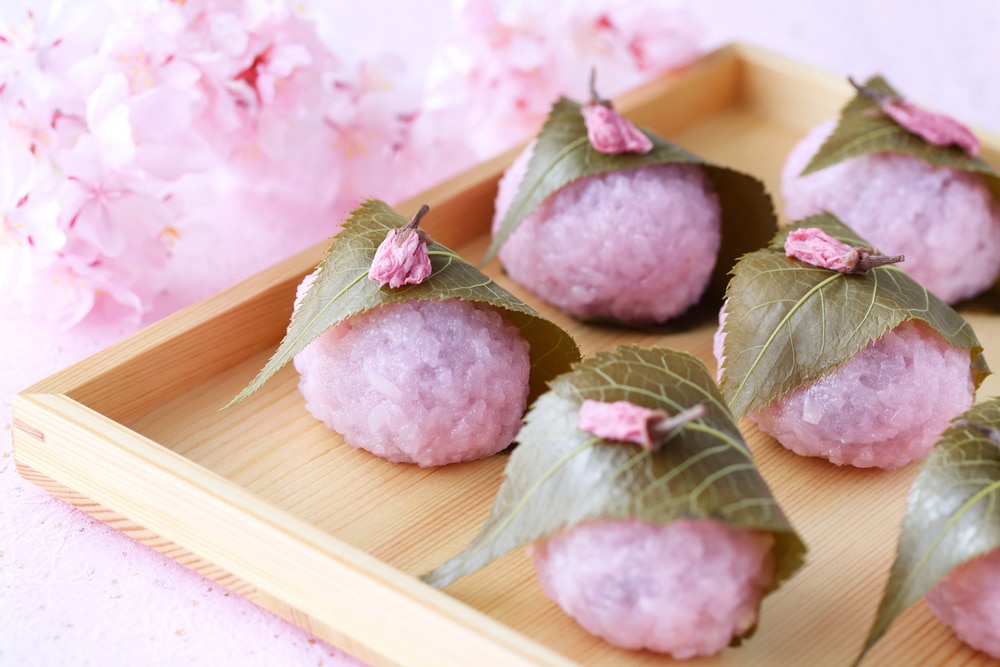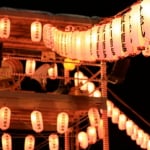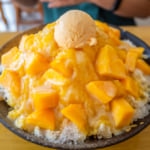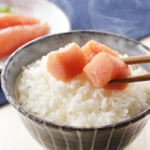Photo by nana77777/Shutterstock
A Guide to Wagashi: Japan’s Traditional Teatime Snack
Japanese wagashi come in a diverse array of styles, colors, and flavors. From exquisitely crafted confections that are almost too beautiful to eat, to modern delights like mochi-wrapped ice cream, wagashi offer a unique taste of Japanese culture and tradition. Explore the rich history and artistry behind these traditional sweets to fully appreciate their cultural significance.
table of contents
[x] close
A Guide to Wagashi: Japan’s Traditional Teatime Snack
The History of Wagashi
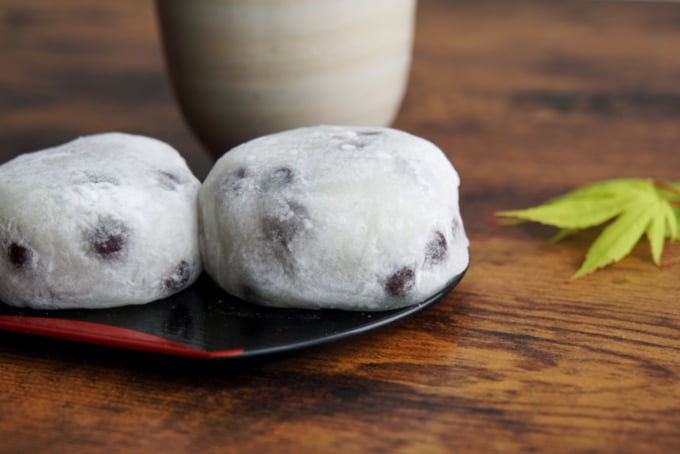
Photo by mshin/Shutterstock
Many consider mochi, a key ingredient in traditional wagashi, to be Japan’s oldest processed food. Originally enjoyed only by aristocrats and used as offerings for the gods during the Heian Period (794-1192), mochi has a long history. The diverse range of wagashi available today began to develop during the Edo Period (1603-1868). Japan’s national isolation policy allowed its arts and culture to thrive, and the popularity of tea ceremonies further promoted the creation of seasonal wagashi, making them a beloved accompaniment to tea.
Wagashi and Western Confections
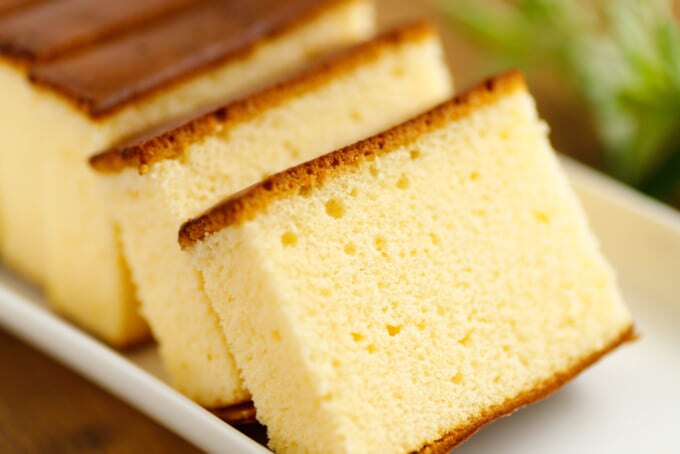
Photo by Koarakko/Shutterstock
During the Edo Period, Japan's foreign trade was heavily restricted, with only the port of Nagasaki open to Western and Chinese merchants. Despite this, foreign confections had a significant impact on wagashi. One notable introduction was the Castella sponge cake, known as kasutera in Japan. Brought by Portuguese traders in the 1600s, kasutera remains a popular dessert in Japan today.
The Meiji Period
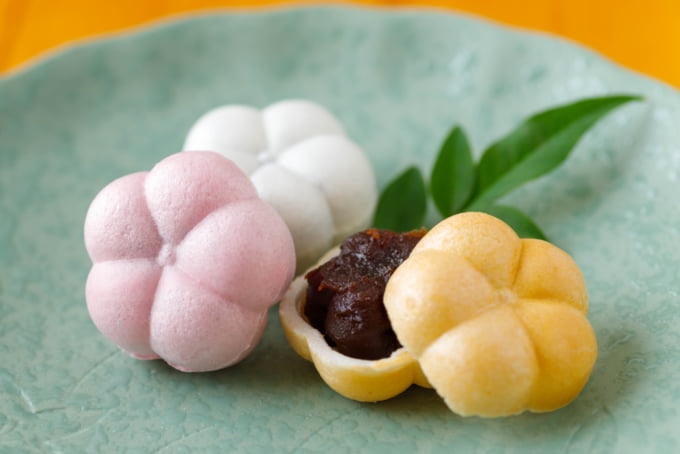
Photo by Koarakko/Shutterstock
The Meiji Period, beginning in 1869, marked a time of increased trade and technological advancement in Japan. As government restrictions eased, the prices of commodities like wheat flour and sugar dropped, and improvements in baking and cooking technologies emerged. This accessibility allowed more people to enjoy and experiment with wagashi, leading to a greater variety and popularity of these traditional Japanese sweets.
Wagashi in the Modern Era
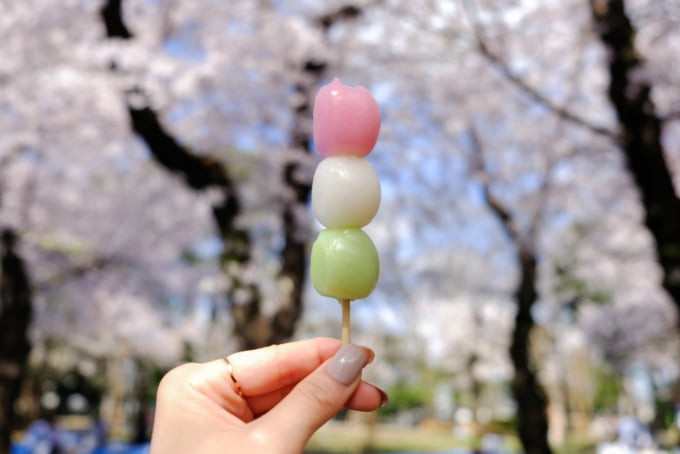
Photo by Nathapon Triratanachat/Shutterstock
Wagashi continue to be a cherished part of daily life in Japan, with some varieties standing out during specific seasons. In spring, hanami dango—tri-colored dumplings made from rice flour and water—are a traditional treat enjoyed during cherry blossom viewing. Taiyaki, a crispy fish-shaped cake filled with various sweet or savory fillings, is a popular snack found on many street corners. Modern adaptations of taiyaki have expanded to include innovative flavors such as tiramisu, pizza, and chocolate.
In Conclusion
With a vast array of both traditional and contemporary wagashi available, there's something to satisfy every sweet tooth. For anyone visiting Japan, indulging in these local sugary delights is a must, and you'll find a diverse selection to explore and enjoy.





